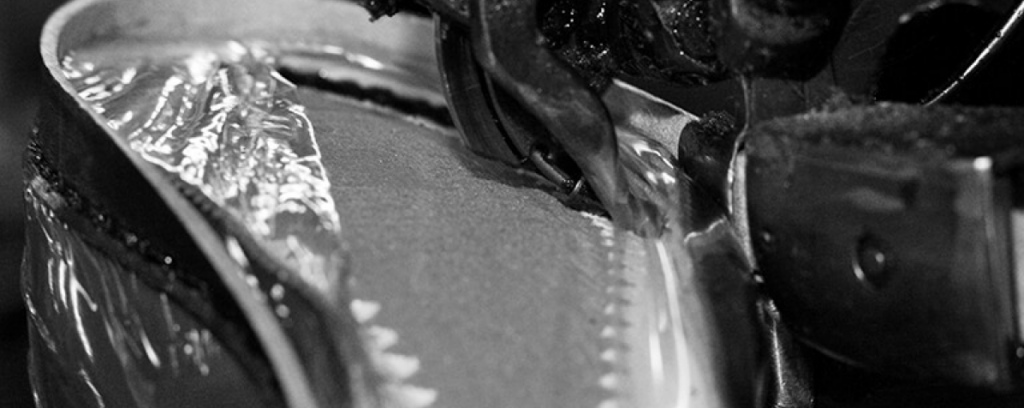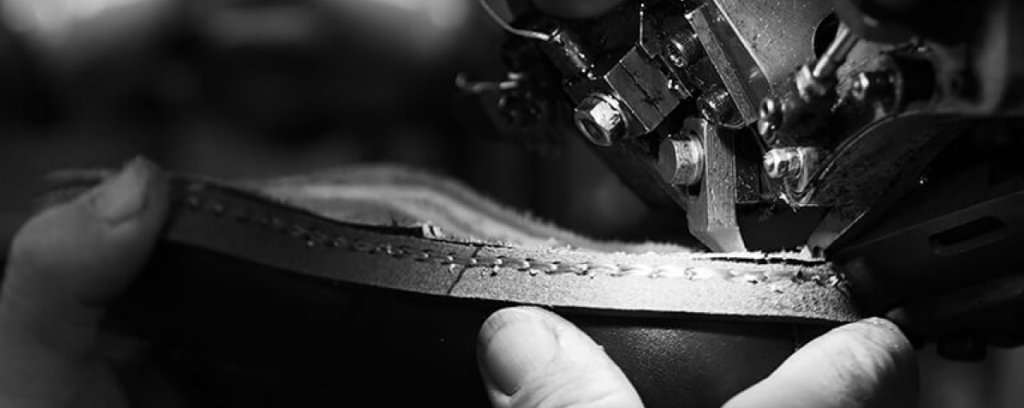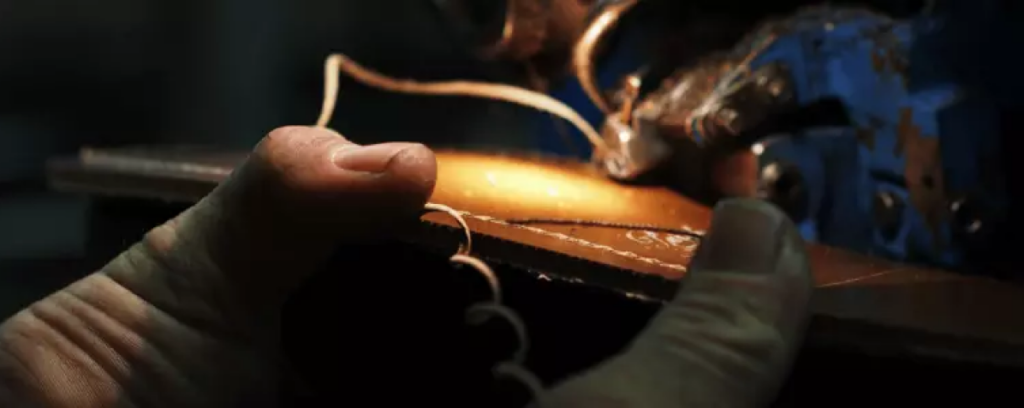Hand-sewn shoes

The principle of manufacturing Goodyear and Norwegian welted shoes is based on connecting the shoe’s upper with the intermediary sole and the outsole via a strong strap of leather called the welt.

Norwegian construction
Paraboot is the world leader in Norwegian construction.
Principle
The principle is that the upper is fixed to the sole by means of an assembly insole, using a welt and two visible lines of stitches: welt stitching on the upper and lock stitching on the sole. It is also possible not to have a welt, in which case the two lines of stitches are sewn directly onto the leather at the bottom of the upper; this serves as a welt.
History
Norwegian construction was originally used especially for mountain boots and other intensive uses. Nowadays, it’s also used for more casual shoes.
Advantages
Norwegian construction is both strong and flexible, making our shoes sturdy and comfortable. The particular position of the welt makes shoes more waterproof and durable. By the way, this technique has several different names (another is “Rovescia”, “storm welted”) and has nothing to do with Norway!

Goodyear construction
Goodyear construction is more refined than Norwegian construction, and just as strong.
Principle
The upper is fixed directly to the sole by means of an assembly innersole, a welt and 2 rows of stitches, of which only one is visible: the lock stitching on the sole.
History
Goodyear construction is traditionally used for luxury shoes and/or dressed shoes.
Advantages
A more sophisticated line. A construction method that is nevertheless sturdy and waterproof. By the way, Goodyear construction (which was invented in 1865) is named after the inventor of the machine used, Mr Charles Goodyear Jr.


Ready, welt, flesh, upper, full grain… the shoe is a much more technical product than it seems.Would you like to know more about its ‘language’?
